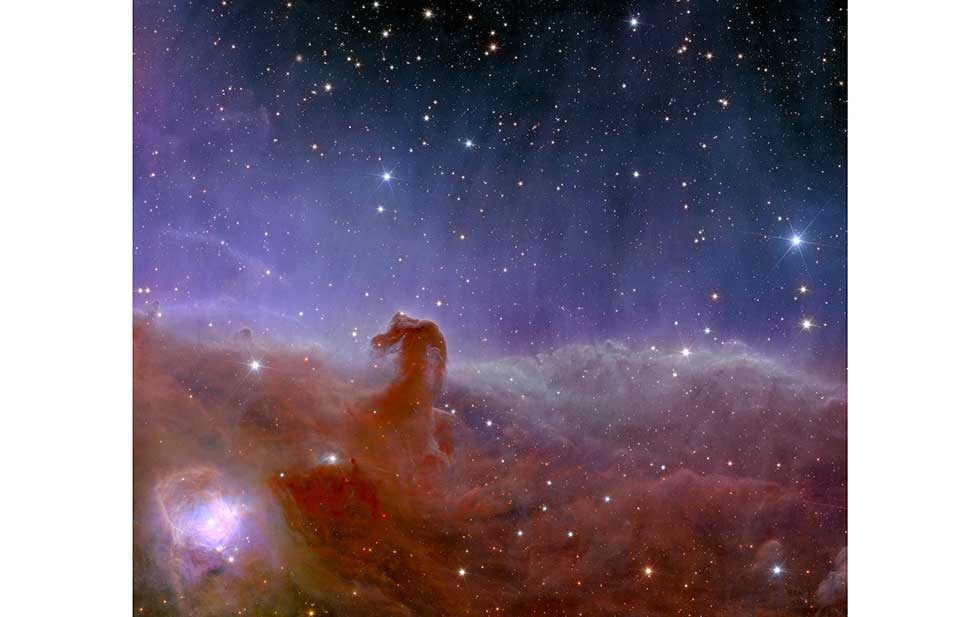Cape Canaveral, Florida. Scientists today revealed the first images taken by Europe’s Euclid Space Telescope that reveal a dazzling and astonishing array of countless galaxies.
The photos were released by the European Space Agency four months after the telescope was launched from Cape Canaveral.
While celestial panoramas had previously been observed by the Hubble Space Telescope and others, the agency said Euclid was “ultra-sharp astronomical images of a vast swath of the sky and a deep view of the distant universe.”
In one image, about a thousand galaxies can be seen in a nucleus about 240 million light-years away. A light year is equal to 9.3 trillion kilometers (5.8 trillion miles).
“Stunning,” said Carol Mundel, the space agency’s science director, as a giant screen at the agency’s control center in Germany displayed a photograph of the nucleus of galaxies.
Euclid’s instruments were capable of detecting even the smallest galaxies, which until now had been too faint to notice. The results are “stunning, ultra-sharp images that go back in time in space,” Mundell said.
The telescope captured images of a spiral galaxy similar to our own Milky Way. The Hubble Space Telescope has previously observed the center of this galaxy, but the new images look at the entire region, scientists said.
Euclid also took new photos of the Horsehead Nebula in the Orion constellation, a dramatic group of young stars made famous by Hubble. It took Euclid an hour to take a new photograph of the nebula; A total of five photographs took less than a day to observe.





:quality(85)/cloudfront-us-east-1.images.arcpublishing.com/infobae/KTKFKR763RBZ5BDQZJ36S5QUHM.jpg)